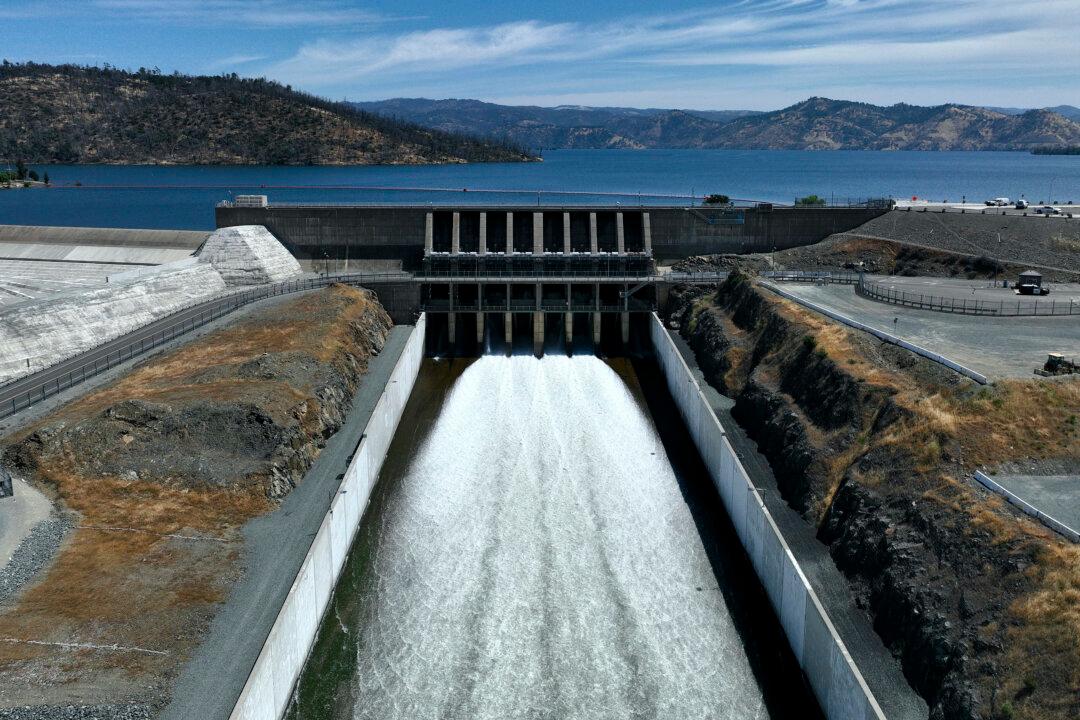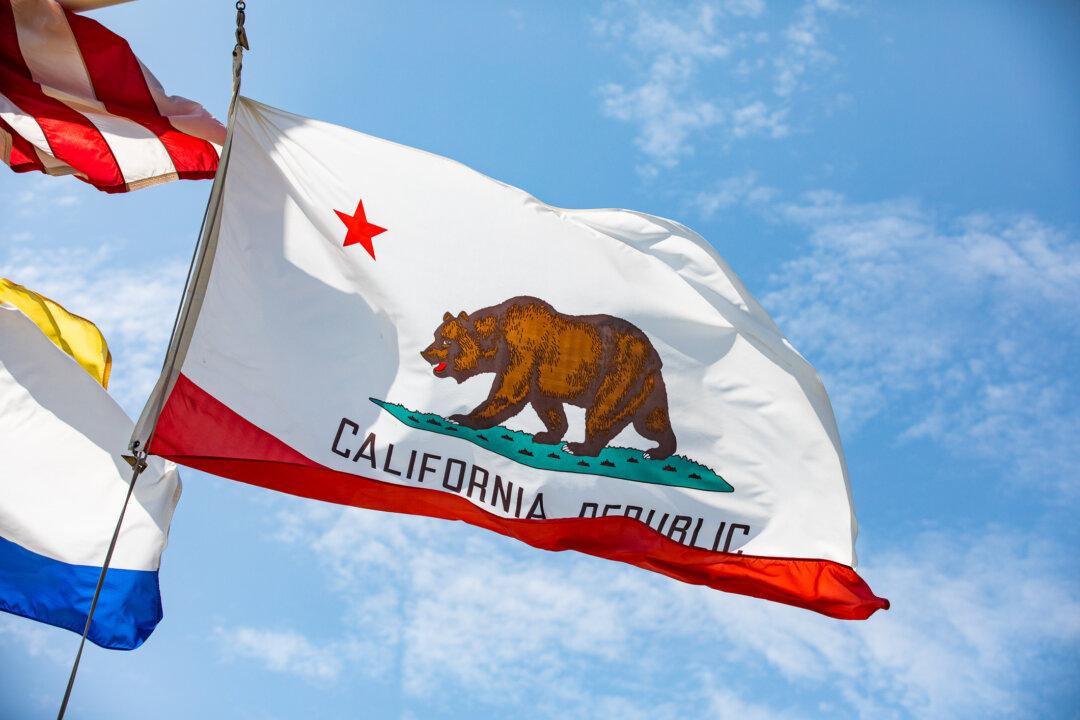While a powerful atmospheric river followed by additional rain has brought record rainfall to California since Feb. 4—further dampening the state following a thus-far wet year—many cities and counties may soon be required to enforce water conservation measures per the state’s proposed regulations.
According to the California’s State Water Resources Control Board, the new requirements—which go into effect in January 2025—aim to tackle “climate-driven” impacts, such as droughts, wildfires, heatwaves, and the latest precipitation and flooding.





